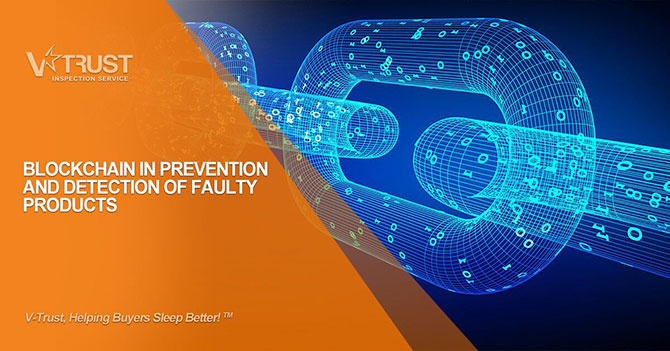Years ago, dressers from one of the world’s largest furniture retailers were related to the deaths of at least nine children and many injuries worldwide. The incidents usually happen when toddlers pull on the unit's drawers, bringing these drawers falling over.
In 2016, the company had to recall not only their deadly three-drawer dressers, but millions of units from similar models which could also turn out to tip over infants.
Today, due to the difficulties faced by the retailer to reach out to all customers who purchased these dressers, many are still in use. The company, however, was required as part of a deal, to expand its outreach to customers about the recall.
Through a supply chain standpoint, situations when undetected quality issues that sometimes end up causing serious harms to consumers worldwide, can show us the real value of quality management.
Although there has been many related studies focusing on supply chain quality management, the current technologies used still have difficulties in resolving problems arising from the lack of trust in supply chains.
The explanations for the poor development in this area may be the self-interests of supply chain community, knowledge asymmetry of manufacturing systems, costs and limitations of product inspections.
However, though it is difficult to predict precisely what position it would have in the future, blockchain has a big potential to be the answer to these drawbacks in prevention and detection of defectives.
Blockchain creates a permanent database that is immutable which can be referenced much more quickly, and with greater confidence, than traditional records in the event of an emergency.
Quickly recognizing a faulty lot/batch may be a life and death factor if a product turns out to be harmful once put available for consumers.
It has the biggest opportunity when it comes to quality control and applied by companies dealing on goods that, if faulty, could be harmful to customers such as electronics, building materials, food and beverages, vehicles, and more.
Initially, your aim is certainly to be able to track each part of your product, from production to the shelves, to the final customers, but, depending on how serious a product’s defect can turn out to be, if it ever happens, your aim will be to be able to timely save as many lives as possible, and consequently the future and reputation of your business.
If you have plans of eventually incorporating blockchain into your QA/QC processes, your first step will be to ensure that your existing record-keeping is up to your own internal and industry standards and the best way to start is to regularly audit your production sites to make sure these standards are being implemented and kept with high performance at all levels of production.
Once an issue is found at any step of your manufacturing process, identifying and recording a solution that can prevent the same problem from happening again is vital.
The exact records and information required will depend largely on your industry, but you must ensure that your record is both complete and accurate once having a system to store up-to-date information from all levels of production and distribution will help you, through blockchain, make better sense of your supply chain by providing a record that, among other things, track components and final products from one location to the next.
In terms of quality assurance which is essentially aimed to problem prevention, a system of records can be implemented with the help of factory audits which generally focus on factory/quality management systems as well as social/environmental responsibilities which, if not followed, could result in harm to your customers, and consequently to your business.
When it comes to defect detection, or in other words, quality control of a product, a system of records can be implemented with the help of product inspections and laboratory testing, during and after production.
Having all levels of production covered/recorded as it happens, will put your company a step ahead from the competition once blockchain in quality assurance and quality control becomes a reality for producers of all types of products.
Partnering up with a third party quality control company can save you time and costs in the process of adapting your business for the future of supply chain.
V-Trust has a solid history in helping overseas importers ensure their products will be shipped in accordance with their quality standards and in compliance with markets’ regulations.
To see a sample inspection report, please click the button bellow,
Our customer service team will walk you through step-by-step helping you set your quality protocols for your suppliers in Asia.
For more information concerning quality control, please feel free to contact us at info@v-trust.com
References:
https://www.northeastern.edu/graduate/blog/blockchain-for-quality-assurance/




Discussion